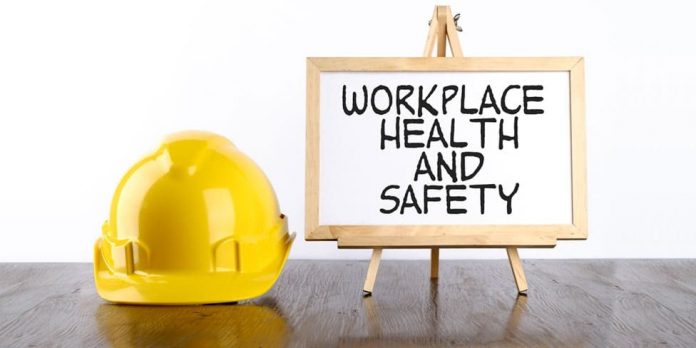Creating a safe workplace is a top priority for every business, and signage plays a critical role in achieving this goal. Signage provides visual cues and instructions that can help prevent accidents, injuries, and other hazards in the workplace. In this article, we will explore the importance of signage in creating a safe workplace and how businesses can use signage effectively to promote workplace safety.
Contents
Importance of Signage in Safe Workplace
Signage is an essential component of safe workplace, as it helps employees and visitors understand the potential hazards and safety protocols in the workplace. Signs can convey important information such as warning messages, instructions, and directions that help prevent accidents and injuries. For example, signs that indicate the location of fire extinguishers, emergency exits, and first aid kits can be critical in an emergency situation.
In addition, signs can also help raise awareness of potential hazards, such as slippery floors, heavy machinery, or areas with high noise levels. By making employees aware of these hazards, businesses can take proactive measures to reduce the risk of accidents and injuries.

Signage in Creating a Safe Workplace
Signage plays a crucial role in creating a safe workplace by effectively communicating important information and instructions to employees and visitors. Clear and concise signs can help prevent accidents, guide individuals to emergency exits, identify potential hazards, and remind everyone to follow safety protocols. By serving as visual reminders, signage enhances awareness, reduces risks, and promotes a culture of safety in the workplace.
Types of Signage for Safe Workplace
There are several types of signage that businesses can use to promote safe workplace. Some of the most common types of workplace safety signs include:
- Warning Signs: These signs indicate potential hazards or dangers, such as high voltage, chemicals, or slippery floors.
- Prohibition Signs: These signs indicate actions that are not allowed, such as smoking or entering a restricted area.
- Mandatory Signs: These signs indicate actions that are required, such as wearing personal protective equipment (PPE) or washing hands.
- Emergency Signs: These signs indicate the location of emergency equipment, exits, and assembly points.
Best Practices for Signage in Safe Workplace
To ensure that signage is effective in promoting safe workplace, businesses should follow some best practices when designing and implementing workplace safety signs. These include:
- Keep it simple: Signs should be easy to read and understand, using clear and concise language and simple graphics.
- Be consistent: Signs should follow a consistent format and design, using standardized colors, symbols, and layouts.
- Use appropriate signage: Signs should be appropriate for the hazard or message being conveyed, using the correct type, size, and location.
- Regularly review and update signage: Signs should be regularly reviewed and updated to ensure that they remain accurate and relevant to changing workplace conditions.
Benefits of Effective Signage in Safe Workplace
Effective signage can provide several benefits to businesses, including:
- Reduced accidents and injuries: By making employees aware of potential hazards and safety protocols, signage can help prevent accidents and injuries in the workplace.
- Improved compliance: By clearly indicating required actions and restrictions, signage can help improve compliance with safety regulations and standards.
- Increased productivity: By reducing the risk of accidents and injuries, businesses can avoid lost time due to absenteeism, workers’ compensation claims, and other related costs.
- Enhanced reputation: By demonstrating a commitment to workplace safety through effective signage, businesses can enhance their reputation as a safe and responsible employer.
Conclusion
Signage is a critical component of safe workplace, providing visual cues and instructions that help prevent accidents, injuries, and other hazards in the workplace. By following best practices and using appropriate signage, businesses can promote workplace safety, reduce the risk of accidents and injuries, and enhance their reputation as a safe and responsible employer.




[…] Role of Signage in […]
[…] of their relationship issues and provides them with the skills and tools to overcome them. The role of a couples counselor is to create a safe and non-judgmental space where couples can explore their thoughts, feelings, and concerns. The […]
[…] just educators, but also mentors, role models, and sources of inspiration for their students. They create a safe and supportive learning environment, where students can feel free to experiment, make mistakes, and […]